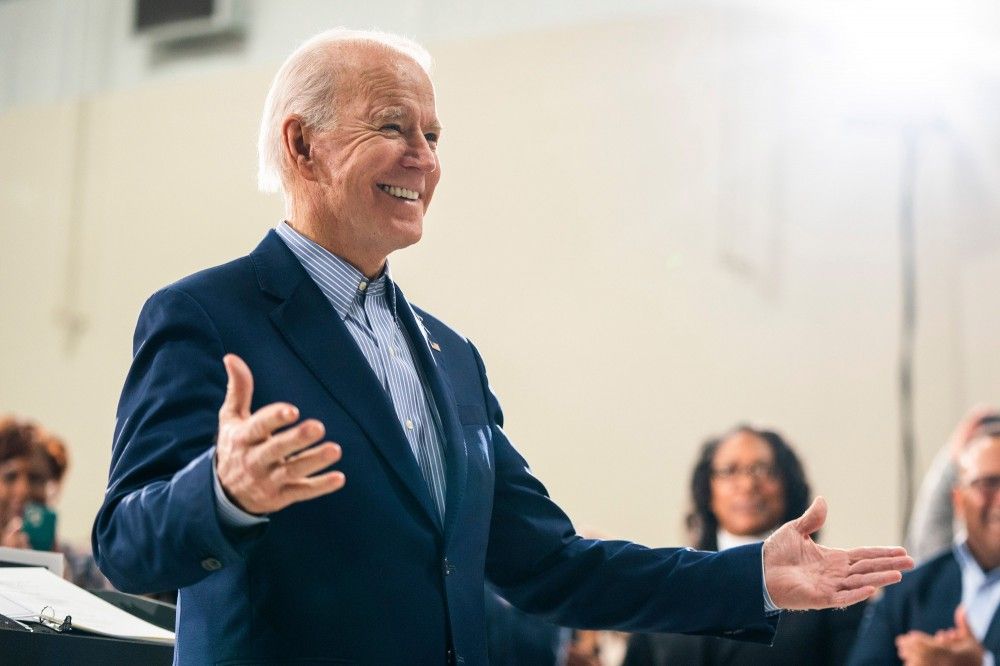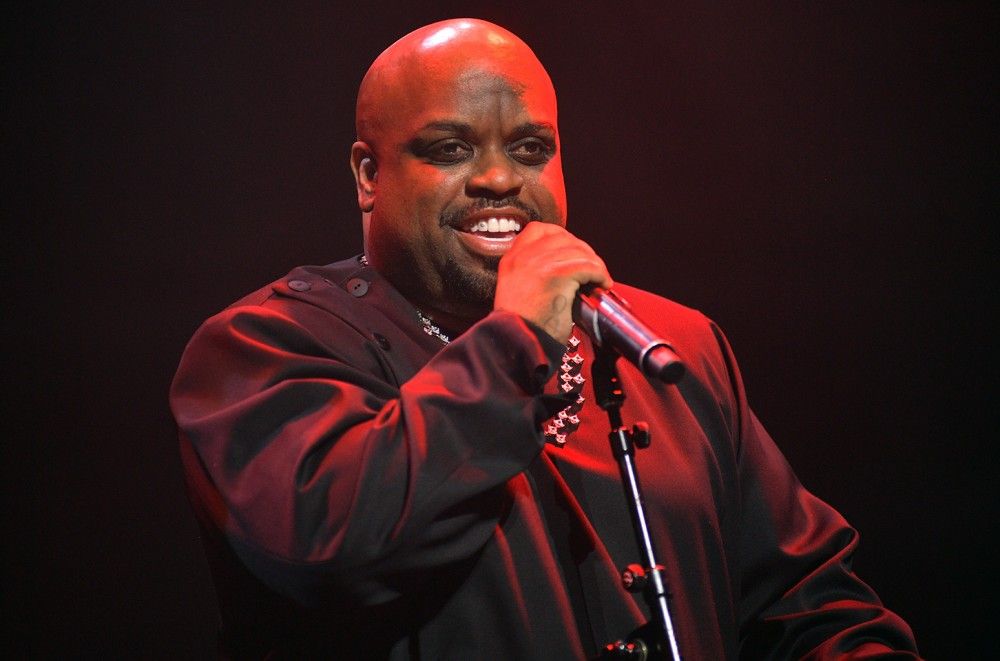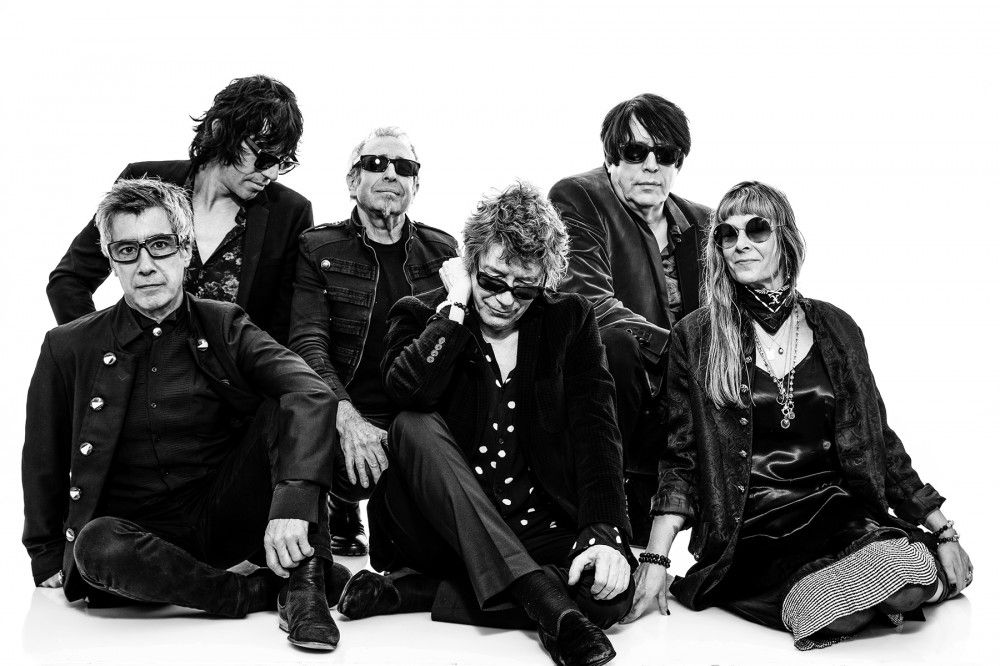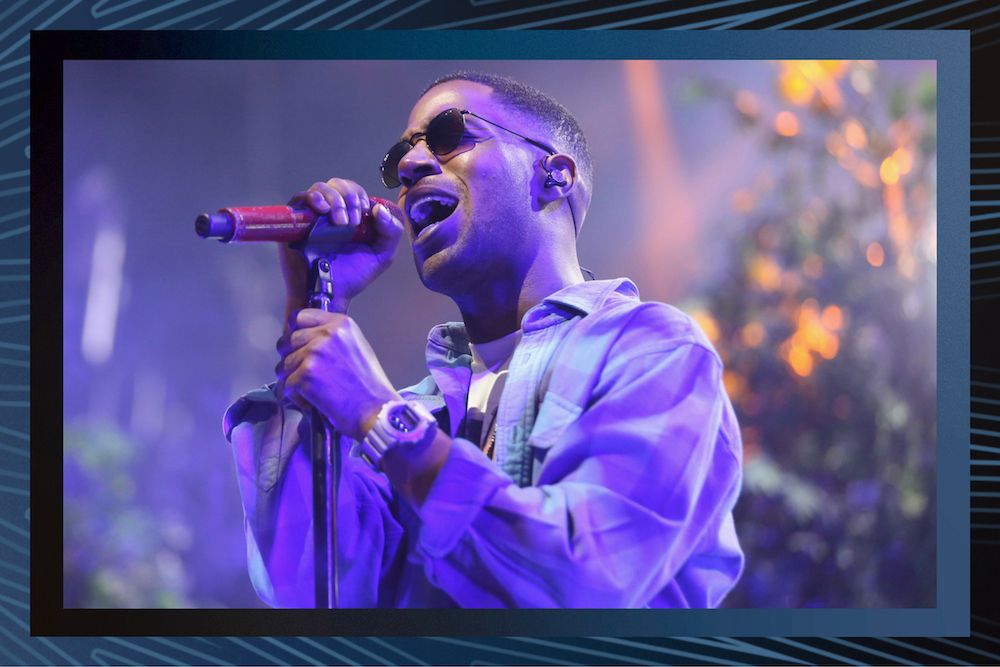
South Carolina Diary: Can Any of These People Actually Beat Trump?
COLUMBIA, S.C. — is back from the dead. can’t win over voters of color en masse. It’s establishment versus outsider, party elites versus the revolution.
The media narratives practically write themselves the day after Biden’s resounding win in the South Carolina primary on Saturday. But on the day before the primary, the race looked a lot different on the ground, in ways that defy the Twitter pundits and cable-TV talking heads.
On the day before South Carolinians cast their ballots, I traveled the state, talked to voters, and attended rallies for the leading Democratic candidates. Then, to cap it off, I spent my Friday night in a parking lot with a sea of MAGA faithful to take in President Trump’s latest rally.
When it was all over, I asked myself: Am I more or less worried about the future of the country? Do any of these people look like they can defeat ?
In a small gymnasium inside the Mt. Zion Enrichment Center in Sumter, S.C., the traveling media spectacle otherwise known as Joe Biden for President had just arrived.
The first thing that stood out was how the venue is configured. About 50 or 60 percent of the gym was roped off and reserved for the media. This isn’t normal: Reporters, the bottom feeders in the campaign-trail pecking order, are often squished into a distant corner of the gym or even moved to a spillover room with a live feed of the speech. They’d hide us under the bleachers if there was a way to do it and not piss off the fire marshal.
Here with Biden, there were yards of running room between the tables laid out for the traveling media. The space for the actual event occupied the remainder of the gym, a tight half-circle of chairs designed to give the impression of a full room when in reality it feels like reporters nearly outnumber supporters.
The campaign couldn’t figure out how to get an introductory video to play, so Biden took the stage. “Well, I’m not your video but I’m OK,” he said.
Sitting in the spacious press pen, Biden’s growly voice softly echoed in the room like a parent’s cheer at a poorly attended high school basketball game. He was mumbly, rambling, but he revved up the anger and indignation when he talks about President Trump’s “good people on both sides” response to the violence in Charlottesville in 2017.
There was nothing elegant about a Biden stump speech. Like all the other Democrats this week, he brought up the coronavirus and the president’s bumbling response to the fast-spreading public-health crisis. He mentioned how scary it was that Trump had blocked scientists in the administration from speaking out. But he stepped on this serious note with a tepid joke about how Trump thinks he can tweet his way out of this crisis. “The virus,” Biden said, “is not impressed by his tweets.” Mild applause.
Biden’s pitch here was the same it’s always been: This is a fight for the soul of the country … I have the experience… Barack I … Charlottesville …
Watching Biden in Sumter, it’s hard to imagine his victory in South Carolina having anything to do with what he says on the stump, his campaigning prowess (or lack thereof). Heck, it may be in spite of his campaigning abilities. (Exit polls found that nearly half of South Carolina’s Democratic voters said Rep. Jim Clyburn’s final-week endorsement played a key role in their decision.) In the Q-and-A part of his Sumter appearance, one attendee tells Biden his speech was flat and asks him where his fire is. He doesn’t take kindly to the question.
Before the event, I sat in the audience with Anthony Sampson, who lives in Ridgeville, and Leo Frazier, who lives in Clarendon County. We talked about Biden and why they support him, and it struck me that the more chaotic American politics gets under Trump, the more that plays into Biden’s hands with voters like Sampson and Frazier. “I feel like there will be a sense of normalcy again,” Sampson told me. “We can get back to normal. And maybe get some stuff done in the Senate.”
Sampson, a registered nurse, was pragmatic and clear-eyed about the task at hand in the presidential race. He said he wishes the Democratic field would’ve shrunk down to a few candidates by now. “This split-the-vote foolishness is wasting votes,” he says. “I have a friend who’s voting for Pete. Why? It’s never going to happen.”
Sampson said he supported Medicare-for-all and admires Bernie Sanders’ passion. But “that alone is not going to get it done. You’re going to have to deal with the establishment.”
Leo Frazier, sitting next to Sampson, chimed in throughout the conversation. Talking to both men, it was clear this was a vote-your-head-not-your-heart election for them. “Our democracy is in a very fragile place,” Frazier told me.
“Listen to me, black people in South Carolina,” rapper Killer Mike yelled. “If they’re telling you to wait and hold on, don’t wait and hold on. If it rhymes with ‘slow,’ don’t vote for it. If the name sounds like Mike, don’t vote for it.”
Having ruled himself out for higher office, Killer Mike handed the microphone to Nina Turner, the former Ohio state senator, who delivered a rousing introduction that felt like a secular version of church. And then, finally, there he was, the leader of the revolution, waving to a sea of flapping BERNIE signs gathered in a park in the heart of Columbia, the state capital of South Carolina.
This was the final rally of Bernie Sanders’ campaign in South Carolina. The first 2020 primary in the South was Bernie’s toughest test yet. a primary that would be decided by the Democratic Party’s most loyal constituency: black voters. As he told the crowd gathered in Finlay Park, “We’re gonna beat Trump because we’re doing something that hasn’t been done in recent history.” He talks about “putting together a grassroots movement” and “bringing people into the political process who were previously not involved” and “driving the largest voter turnout in the history of the South Carolina primary.”
South Carolina is indeed on pace for record turnout in its primary — except the vast majority of those voters, many of them black, didn’t vote for Sanders. Joe Biden won every county in the state, and Sanders is back to answering urgent questions about his ability to appeal to the most loyal part of the Democratic base.
Sanders’ final rally in South Carolina didn’t feel like a revolution. Despite taking place a few blocks from the University of South Carolina’s campus, the turnout isn’t what you’ve come to expect at a Sanders rally, and it certainly didn’t feel like the gargantuan rallies Barack Obama used to hold on college campuses all over the country.
If the Sanders revolution is going to have a chance at delivering him the nomination and the White House, it will be because of young voters. Sanders not only needs young voters to turn out in historic numbers for him at the ballot box but to convince their friends, coworkers, and family members to back Bernie. But in the case of South Carolina, young black voters weren’t able to sway their older relatives to support Sanders, as illustrated by Biden’s blowout victory. “All the talk of the millennial woke class about how young African Americans would persuade older blacks to vote for Sanders proved wrong,” says Lance Hill, an expert on Southern politics and the former director of the Southern Institute for Education and Research at Tulane University. “This was typical of the hubris of young Sanders voters and rested on the old canard that older blacks could be easily persuaded to put aside their lived experience of decades of white racism.”
Like Biden before him, Sanders singled out Trump’s response to the coronavirus, but in true Bernie fashion, he largely stuck to his script — universal health care, ending cash bail, doubling union membership, wiping out student debt, defeating the billionaires and insurance companies and Wall Street the fossil fuel industry and military-industrial complex.
It was hard not to watch him up there and want for more, wonder if there will ever be more. Four years ago, he was the challenger and the outsider who could hammer away at the same message. Today, he’s arguably the frontrunner, and if he cleans up in California and Texas on Super Tuesday, he might just run away with the nomination.
Much of his appeal, of course, rests on the fact he hasn’t changed. He’s said many of the same things and fought many of the same fights for decades. But is that enough to put together the multiracial, multigenerational coalition needed to beat Trump?
South Carolina would seem to suggest the answer is no — or at least not here, and not yet. What does Bernie do then?
Here’s another question: Would you wait for hours in a trash-littered parking lot on a Friday night to see any of these Democratic candidates speak?
There are close to a thousand people in the parking lot outside the coliseum in North Charleston on Friday night to watch President Trump’s rally on a jumbotron screen. Some have tickets but arrive too late so they stick it out in the dark and the cold for hours. They fly Trump 2020 flags. They take pictures of the few protesters who’ve turned up. They wear MAGA and KAG hats. Whoever Democrats pick as their nominee, this is what they’re up against.
With the first words he utters — “All I can say is the fake news doesn’t get it” — they roar and applaud. They cheer when the sitting president of the United States says he’ll do “everything possible to destroy” the image of Comcast, the parent company of NBC News. When he declares the coronavirus the Democratic Party’s “new hoax,” they don’t even flinch.
“The Republican Party has never ever been unified like it is now,” Trump says to raucous cheers. “There has never been a movement in the history of our country like we have now.”
Standing among the Trump faithful, it feels like a movement but also something more. Something deeper. Something primal.
The Democratic turnout in Iowa, New Hampshire, and Nevada was good, but not great. For Trump, the turnout has been sky-high — considering he’s running essentially unopposed. “A sitting incumbent running for reelection; that shouldn’t stimulate much interest,” says Barry Burden, a political scientist at the University of Wisconsin. “It all runs a little contrary to what I think we would’ve expected.”
In other words, Republicans have turned out in droves in the first three primary and caucus states to support a candidate for whom the outcome was a foregone conclusion. Still, they wanted to show their support for the president, just like they wanted to hang out in a parking lot in North Charleston to experience something they could’ve easily watched at home.
The Republican Party under Trump will not go down easy. It will be ugly. Defeating him, defeating it, will require a movement of a different kind. That much is clear at this stage in the campaign. As they swept across South Carolina, it was hard to say any of the Democratic challengers looked up to the ask. The eventual nominee has seven months to figure that out.



